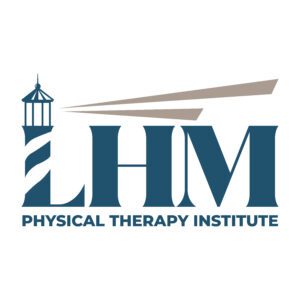
How Physical Therapy Can Help Prevent Falls
Ashlee Snyder, PT, DPT, OCS, Linglestown Clinic
When you think about fall prevention, you might picture slippery sidewalks in the winter. But the truth is, falls can happen any time of year and they’re more common than you might think.
September is National Fall Prevention Awareness Month, which makes it the perfect time to talk about how you can lower your risk and stay safe.
Why Fall Prevention Matters
- 1 in 4 adults over 65 experience a fall each year
- Falls are the leading cause of non-fatal injuries in older adults
- 3 million older adults go to the ER every year because of fall-related injuries
- And once you fall, you’re 2–3 times more likely to fall again
Those numbers are scary. But the good news is, many falls can be prevented with the right plan.
How Physical Therapy Can Help
Research has shown that people who take part in a physical therapy screening and follow a tailored home exercise program can cut their risk of medically treated falls by nearly 50%.
Here’s how physical therapy supports fall prevention:
- Assessment: A physical therapist can look at key areas that affect balance, such as leg strength, coordination, posture, and your vestibular system (inner ear balance).
- Personalized Exercise Plans: Instead of a one-size-fits-all routine, you’ll get exercises designed for your specific needs. These often include strength training, balance exercises, and stretches.
- Progress Tracking: Regular check-ins, whether in-person or through technology, help make sure you’re improving and staying on track.
- Education: Therapists also teach strategies for safer movement in daily life, from standing up out of a chair to navigating stairs.
Options for Staying on Track
There are different ways people can participate in fall prevention programs:
- At Home: Some programs use technology—like exercise apps or virtual check-ins—to help you follow a personalized plan while staying at home.
- In the Clinic: Others prefer to exercise in a clinic setting, where equipment and professional guidance are available. After a period of guided training, many people transition to exercising independently at home.
Both approaches can be effective. The right choice depends on your comfort level, goals, and lifestyle.
Small Steps, Big Difference
If you’re concerned about your risk of falling, here are a few things you can do right away:
- Stay active with regular exercise, especially activities that build strength and balance.
- Make your home safer by removing tripping hazards, adding grab bars, and ensuring good lighting.
- Have your vision and hearing checked regularly, since both play a big role in balance.
- Talk with a healthcare professional about your medications, as some may cause dizziness.
- Consider a fall risk screening with a physical therapist to get a clear picture of where you stand.
Programs like the Wellness Pathway at LHMPTI are designed for people who want continued guidance after physical therapy or for those looking to prevent injuries before they happen. In this program, you start with a consult to identify your biggest risk factors, follow a custom exercise plan using clinic resources, and check in regularly to track progress. This type of structure helps people stay accountable while building the strength, balance, and confidence they need to reduce fall risk.
The Bottom Line
Falls don’t have to be a normal part of aging. With the right exercises, simple lifestyle changes, and professional guidance when needed, you can stay steady, strong, and independent.



